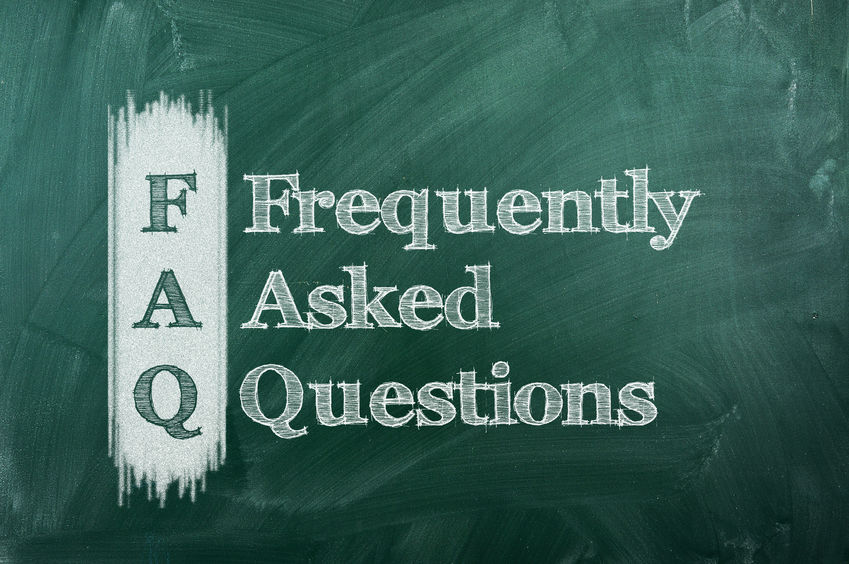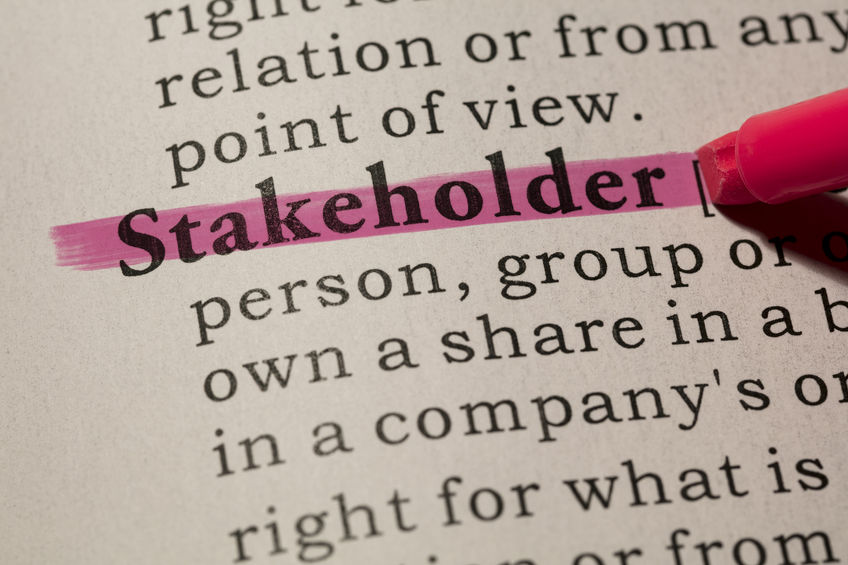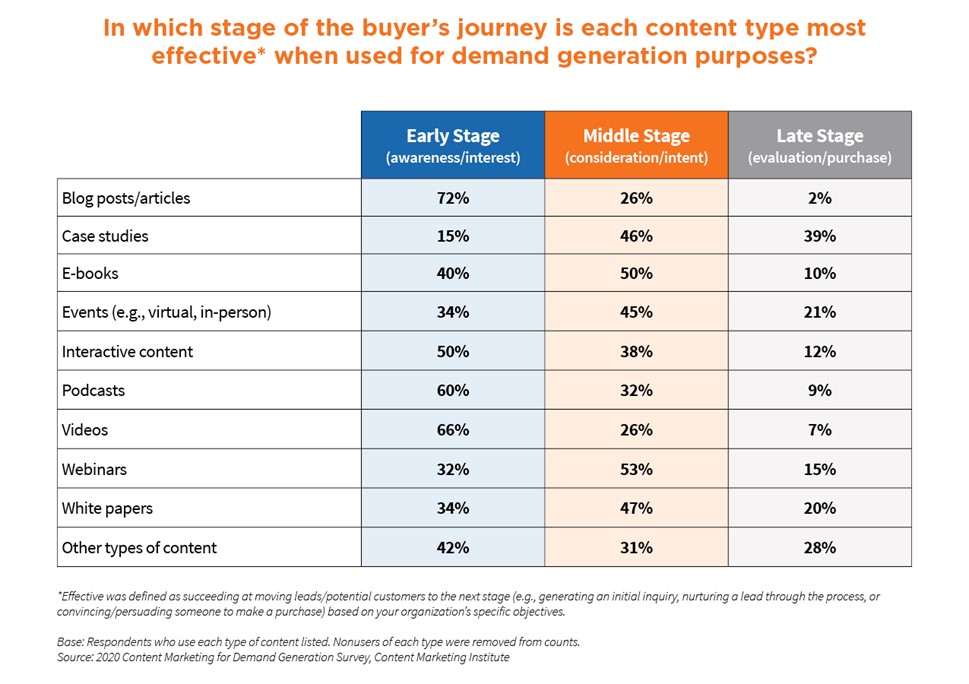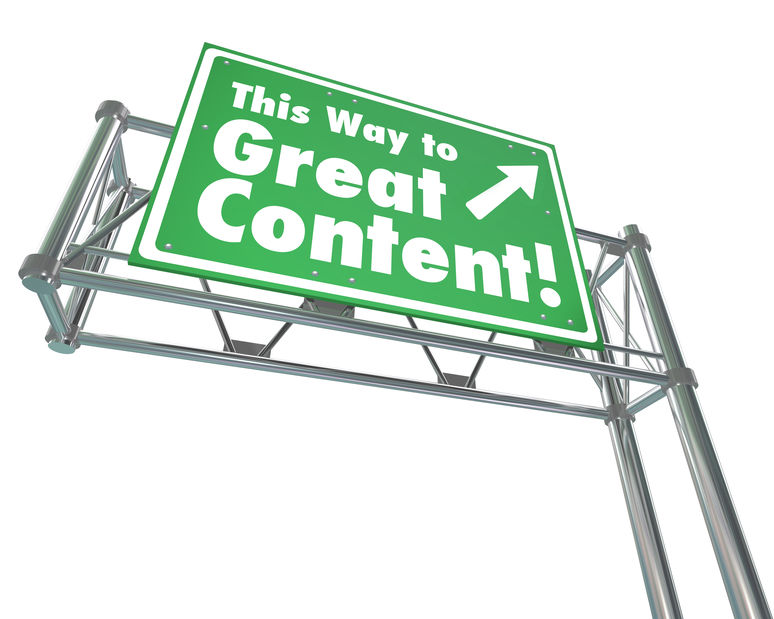In 2020, we faced significant challenges in the way we communicated, engaged and conducted business. From a marketing perspective, trade shows, conferences and other events were among the traditional initiatives that suffered the greatest losses. Cancelations due to the COVID-19 pandemic negatively affected revenue and profits for hotels, convention centers, restaurants, transportation, travel and others that sell at these venues or support events on a global scale. To compensate, event marketers needed to adapt quickly. And one of the solutions that evolved was the shift from in-person to virtual events.
Event Marketing in 2021: In-Person, Hybrid and Virtual Events












